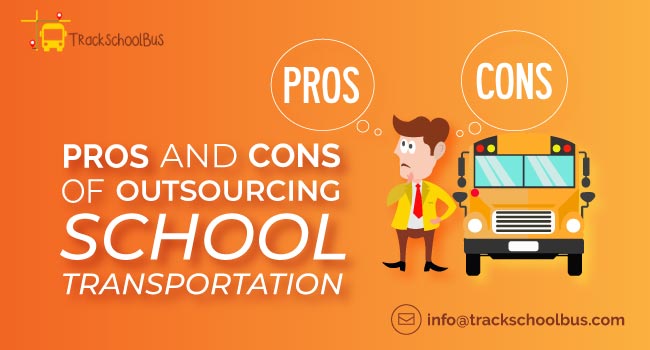To efficiently manage a fleet of buses is obviously a painstaking task, not to mention the problems that arise despite the hard work. But, with technology, like TrackSchoolBus System, you can definitely have your efforts halved and results improved.
TrackSchoolBus System is an all-in-one application that suits the needs of parents, drivers, and transport managers alike, with bus safety as a priority. Here’s how it helps you get a better grip of your job and keep the bus fleet running smoothly.
Plan bus routes efficiently
Planning bus routes manually may be a nightmare to most transport managers. It takes days to collect data regarding traffic and routes. To organize the information, to sit together with your team, and plan the routes may take another few weeks.
Read Also: TrackSchoolBus Smart Bands Ensure Your Kid’s Safety
And no matter how much effort you have taken, you may end up making mistakes, the most common one being allotting two or more routes for the same bus, or vice versa. Such errors may cause all your week-long hard work to go down the drain.
In the case of school bus fleet, the Parent App integrated with the TrackSchoolBus System provides residential information of students, making it easy to allot pick-up points.
Even if a student relocates,the auto routing feature of TrackSchoolBus System makes the job easier for transport managers. In short, TrackSchoolBus System assists you in assigning buses and planning bus routes. But you, as the transport manager, will have full control over the bus fleet management process.
Keep track of bus drivers
Efficient management of fleet also involves taking enough steps to ensure bus safety. Despite sufficient background check before hiring, it is not always easy to detect driver malpractices until they start the job.
Malpractices like over speeding, drunken driving, taking a route different from the original, etc., can affect bus safety as well as add to the operational costs. Therefore, it is important to monitor bus drivers while on duty.
TrackSchoolBus System makes it possible for you to keep track of bus drivers’ performances, a task which is manually impossible.The application utilizes GPS to gather data and notifies transport managers real time regarding the speed of the bus, unwanted stops, punctuality, etc. All these data gets stored for future use.
Reduce operational costs
An important portion of an organization’s expense comprises operating the bus fleet. The operational costs include amount spent in terms of maintaining the fleet, refuelling, the distance covered by the buses, and the like. Manual labour and driver malpractices can also add to the expenses.
TrackSchoolBus System allows constant monitoring of fleet, thus helping you to avoid unwanted expenses. Since bus drivers are aware of being monitored, they will not attempt vehicle misuse or other malpractices.
This helps to save fuel, avoid accidents and as a result, the maintenance costs can be reduced. Also, since the application helps reduce manual efforts, labour costs can be halved as well.
Ensure BusSafety
Bus safety is also an important part of efficient bus fleet management. The TrackSchoolBus System helps you to keep driver behaviour at check by providing you with real-time notifications regarding location and speed of the bus. This helps curb any sort of driver malpractices.
Also, the school bus tracking software provides information regarding passenger attendance. This is helpful especially when you are managing school buses. Parents are often concerned whether their kids have boarded the right bus and through their journey to school and back.
TrackSchoolBus System provides real-time information notifications to parents as well so that they feel ensured. It also notifies you at times of emergency so that you can act quickly.
Read Also: How TrackSchoolBus App Improves Bus Attendant’s Efficiency
Fleet management software has become popular in the past few years. Many companies have come forward with their own versions of software. But, amongst them all, here is how TrackSchoolBus System stands apart.
User-friendly interface
TrackSchoolBus system comes with a simple interface that can be easily used by transport managers, authorities, drivers, and parents, alike. It saves you from the extra expenses usually spent over training sessions to acquaint everyone with complex fleet management software.
Cost effective
Most organizations rely on technology to cut down costs. But, most of the time, the opposite happens. The above-mentioned points regarding how TrackSchoolBus System helps you handle bus fleet efficiently are the perfect reasons to why it is a cost-effective solution.
Customizable
“Comfort” is one of the factors that any organization looks into in any software they plan to use. TrackSchoolBus System can be customized according to the needs of whoever is using it.
Compatible
TrackSchoolBus System works well with any device and latest Operating Systems.
Read Also: How TrackSchoolBus System Allocates School Bus Routes
In short, depending on technology, like TrackSchoolBus System, can help you get past the hurdles put forward by manual bus fleet management and ensure a smooth running bus fleet for your organization.













